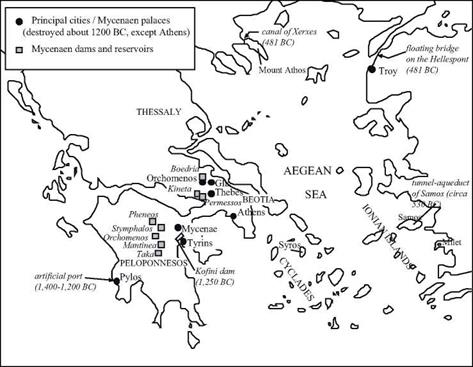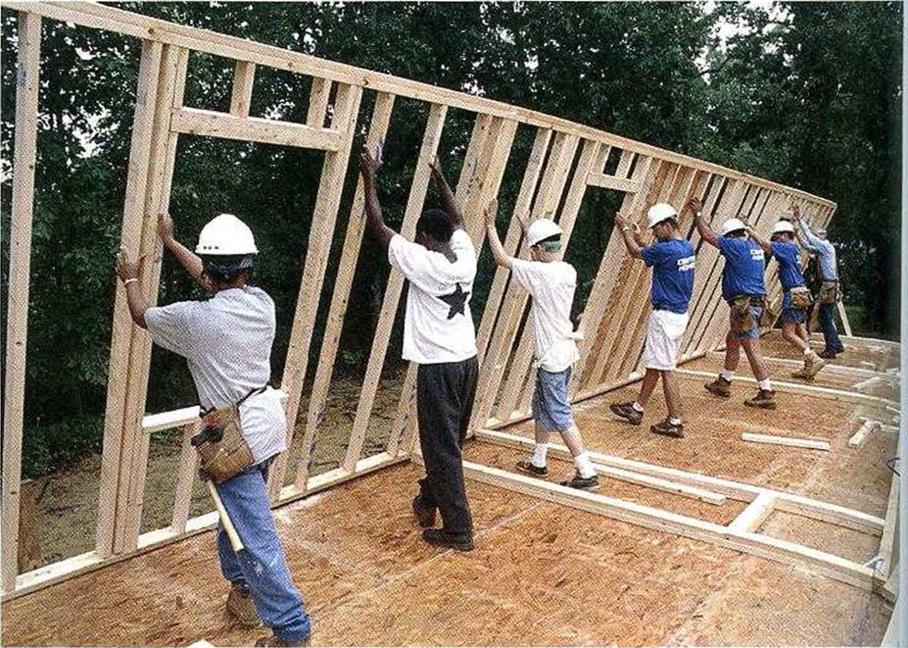F. Diagonal Percent Method
The length of a rafter can be found by determining the horizontal length (run) that it covers, and the pitch of the roof. The constant relationship
between these factors is defined as the diagonal percent. This percent is constant for any common or jack rafter on any roof that has the same pitch. To find the length of a rafter, multiply the length of the run by the diagonal percent. For example, if you have a roof with a 6/12 pitch and a run of 6′-111/4", you multiply 6′-111/4" by 1.118 (diagonal percent for a 6/12 pitch) and find that your rafter length is
7′-91/16". With a construction calculator, enter 7′ x 1.118, and it will read 7′-91/16". The illustration below provides the diagonal percent for common pitch roofs...
read more







